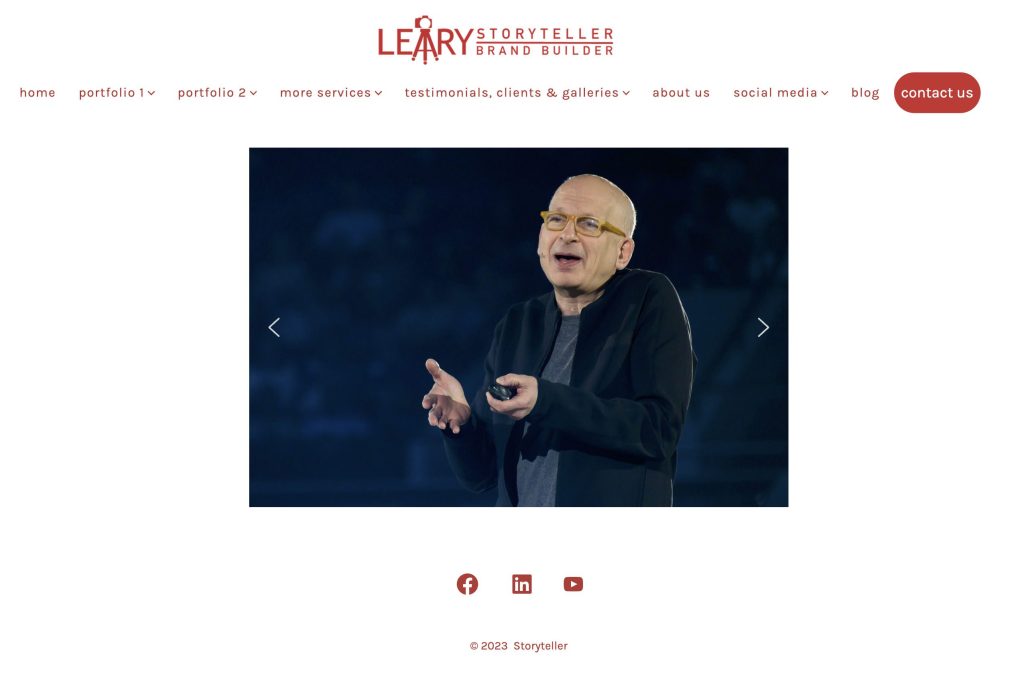In the fast-paced world of the internet, where trends come and go, one thing remains constant: change. This holds especially true for websites, those digital storefronts that showcase our businesses, hobbies, and personal brands to the world. In the early days of the internet, creating a website might have felt like a one-time endeavor, but today, it’s clear that maintaining an online presence is a continuous journey. Let’s delve into why websites are not a one-and-done deal, exploring the dynamics of platform updates, evolving technologies, and the personal growth they reflect.
The Shifting Landscape of Technology
Remember the early days of the internet when animated GIFs were the epitome of web design? Those days are long gone. The web development and design landscape constantly evolves, driven by technological advancements and changing user expectations. Platforms like WordPress, which power over 40% of the web, are a prime example of this evolution.
WordPress, known for its user-friendly interface and vast library of themes and plugins, has undergone numerous updates. These updates bring security enhancements, new features, and performance improvements. However, they can also render older themes and plugins incompatible, leading to broken layouts, functionality issues, and security vulnerabilities. This clearly illustrates why treating websites as a one-time project is no longer feasible.
My Updated Website

The Importance of Regular Updates
As the saying goes, “The only constant is change.” Regular updates are the lifeline of a successful website. Just as you wouldn’t expect a brick-and-mortar store to thrive without maintenance, neglecting website updates can result in a digital storefront that feels outdated, slow, and insecure.
Content updates are equally crucial. Just as fashion or interior design trends change, your website’s content needs to adapt to shifting audience interests and market dynamics. Stale content can lead to high bounce rates and a diminished online reputation.
The Reflection of Growth
Beyond the technical aspects, maintaining a website mirrors personal growth and adaptability. Just as your website evolves, so do you. Maybe you started with a simple blog and are launching an online store. Perhaps you’ve refined your brand’s identity or expanded your offerings. Your website should reflect these transformations.
Moreover, websites offer an opportunity to showcase your journey. Incorporating a blog or a news section can document your progress, milestones, and lessons learned. By sharing your experiences, you engage your audience and demonstrate authenticity and the capacity to evolve.
Embracing the Journey
In a world that thrives on innovation, embracing the ongoing journey of website management is essential. Here are a few strategies to keep your website up-to-date and aligned with youth:
- Regular Maintenance: Set time for routine checks, updates, and backups. This proactive approach minimizes the risk of unexpected issues.
- Stay Informed: Follow industry blogs, forums, and news to stay up-to-date with the latest trends, updates, and best practices.
- Test and Adapt: Before applying major updates, test them in a staging environment to identify potential conflicts or issues.
- Content Strategy: Regularly review and update your website’s content to remain relevant and engaging.
- Design Evolution: Consider periodic design updates to give your website a fresh look and align it with your brand identity.
- Future-Proofing: When selecting themes, plugins, and technologies, opt for those with a history of consistent updates and support.
In conclusion, the days of creating and forgetting about a website are long gone. The digital landscape is ever-changing, and websites reflect that dynamism. Just as life demands growth and adaptation, so does your online presence. By embracing the journey of continuous updates, you ensure a functional and appealing website and showcase your capacity for growth and evolution. So, don’t treat your website as a one-and-done project; treat it as a living testament to your journey in the digital realm.

